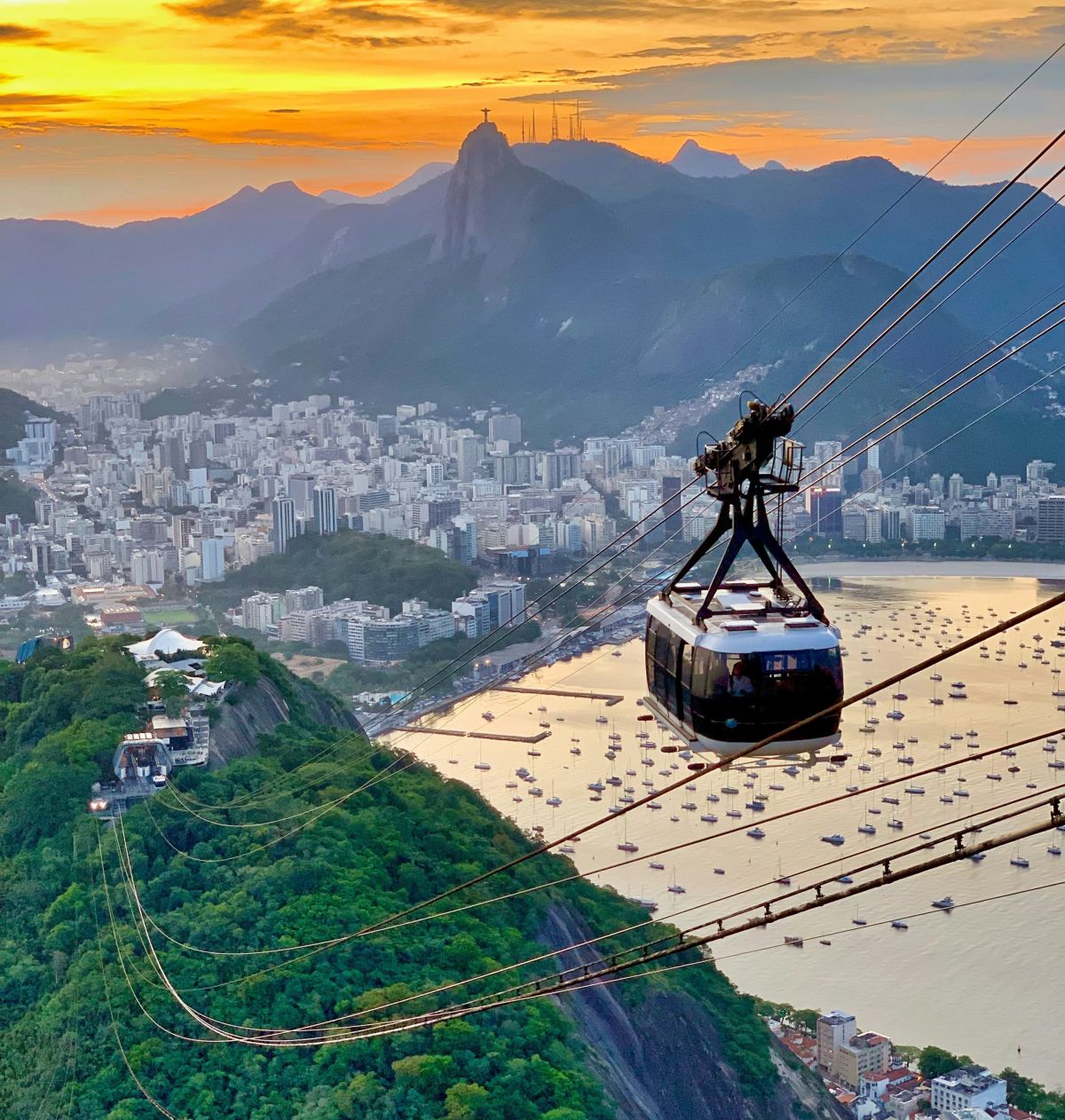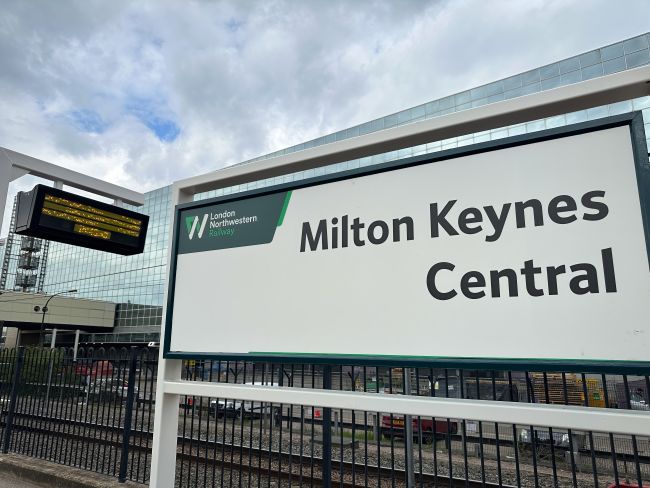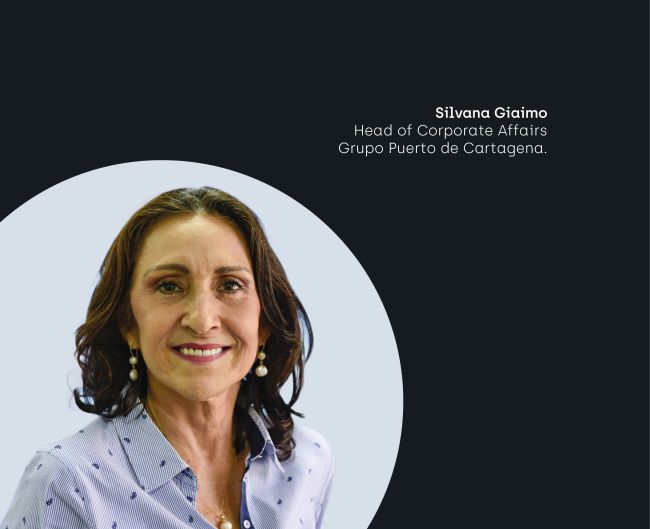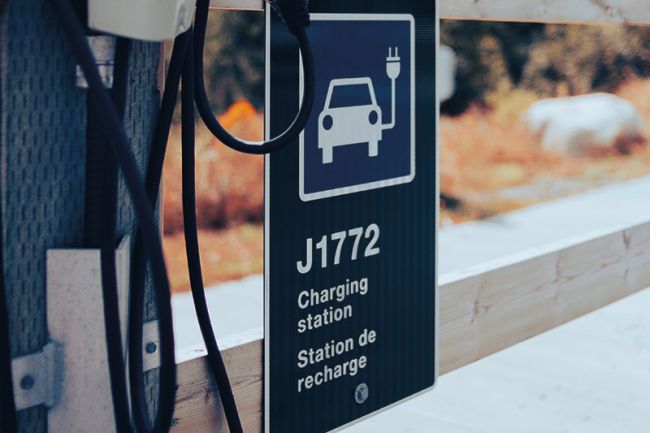We can certainly fly high
Cable Propelled Transit (CPT) or cable cars as they are more commonly known, initially existed as a means of transport in skiresorts. Recently though, CPT experiments have been popping up in cities globally. Could we see CPT become a credible form of urban mass transit around the world in the future?

Cable Propelled Transit (CPT) or cable cars as they are more commonly known, initially existed as a means of transport in skiresorts. Recently though, CPT experiments have been popping up in cities globally. Could we see CPT become a credible form of urban mass transit around the world in the future?
So far only a few cities in the world have truly integrated CPT into their whole transit system: Caracas, Venezuela; Constantine, Algeria; Rio de Janeiro, Brazil; and Medellin, Colombia, which was the first city to install them for mass transit purposes.
The vast majority of CPT systems around the world are used to get people across a physical obstacle. City traffic could be considered the ultimate urban topographical obstacle. Could we therefore begin to see even more CPT systems appearing in busy cities around the world?
Later this year the world’s largest network of urban transit cable cars is set to open in La Paz in Bolivia. Three cable car lines are currently under construction, with a
combined capacity of 3000 passengers per hour per direction. Once opened, the 10 kilometre La Paz ‘teleféricos’ will become the world’s largest network of urban transit cable cars.
Should cities seriously consider adding CPT to their transportation systems? Or is this a bizarre idea that could only work in niche areas?
Projects the size of the CPT network in Le Paz are rare, with cities preferring to take a more cautious approach in the form of short, single, experimental or tourist-based lines like Teléferico de Gaia in Portugal, the urban gondola in Ordu in Turkey and the Grenoble cable car in France.
More and more of these experiments are appearing in cities all over the map (Bochum in Germany, Algiers in Algeria and Istanbul in Turkey are only some of the latest examples). While these experiments are encouraging it is worth considering the challenges of developing a CPT system.
- Perception certainly plays a negative role, with some viewing CPT as more of an amusement park ride than a viable way to get to a destination. However, the examples above prove that CPT
has the potential to enhance the existing transport provision in cities.
- It can be difficult to integrate CPT with existing transit systems because lines don’t branch off or turn. But where there’s a will there’s a way, as shown in Medellin, where the system is fully integrated with the public transit network, providing passengers with the ability to
transfer seamlessly to local metro lines.
- Passenger loads simply can’t compete with light rail or bus rapid transit (BRT), but CPT can go where light rail or BRT can’t – up in the air – making use of space that is free from delays caused by congestion and which would otherwise be vacant and of no benefit to commuters.
On the other hand, some of the pros of integrating a cable car system into the existing transport infrastructure include:
- it is relatively inexpensive compared with BRT costs. (See figure 1)
- it can be constructed and up and running quickly. London’s Emirates Airline which crosses the River Thames was open for business 10 months after construction began.
- CPT achieves high service quality with minimal resources. Maintenance costs are much smaller than for the individually motorized vehicles of BRT or LRT and they potentially need fewer staff with personnel only really required at each of the stations rather than in each vehicle.
- it is much more flexible when it comes to mountainous or water-laden terrain.
The argument for integrating CPT within cities is becoming more conceivable as ‘flying high’ potentially offers a plausible alternative to the more mainstream transit options open to city planners. Steer Davies Gleave has been supporting public authorities, developers and operators globally to develop and integrate cable car schemes into the urban context.






















